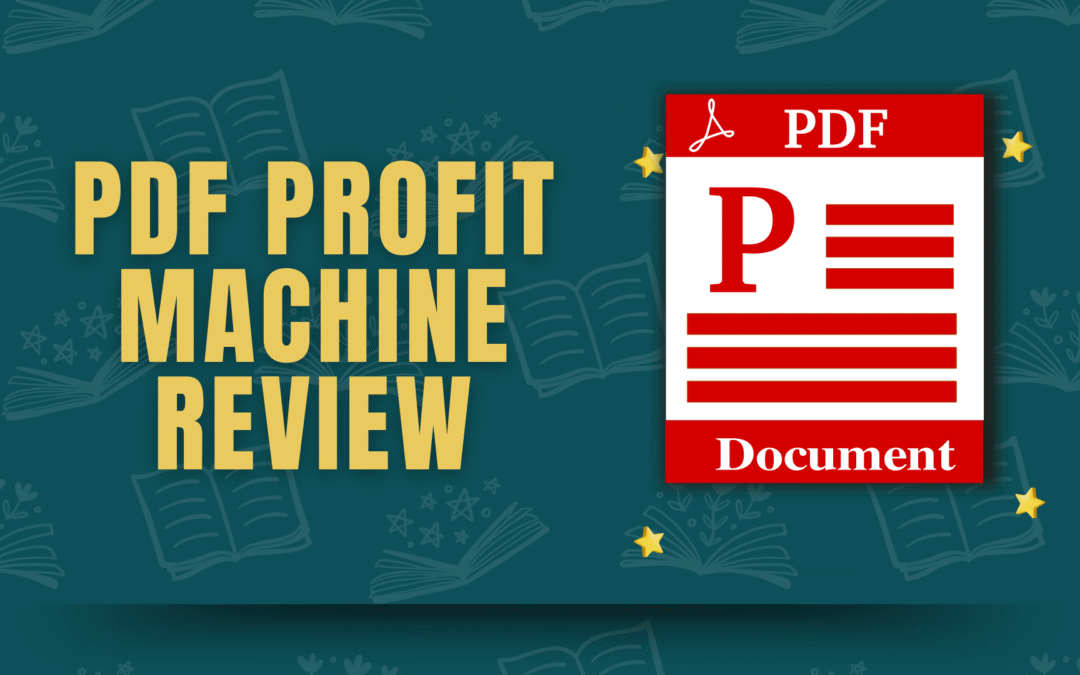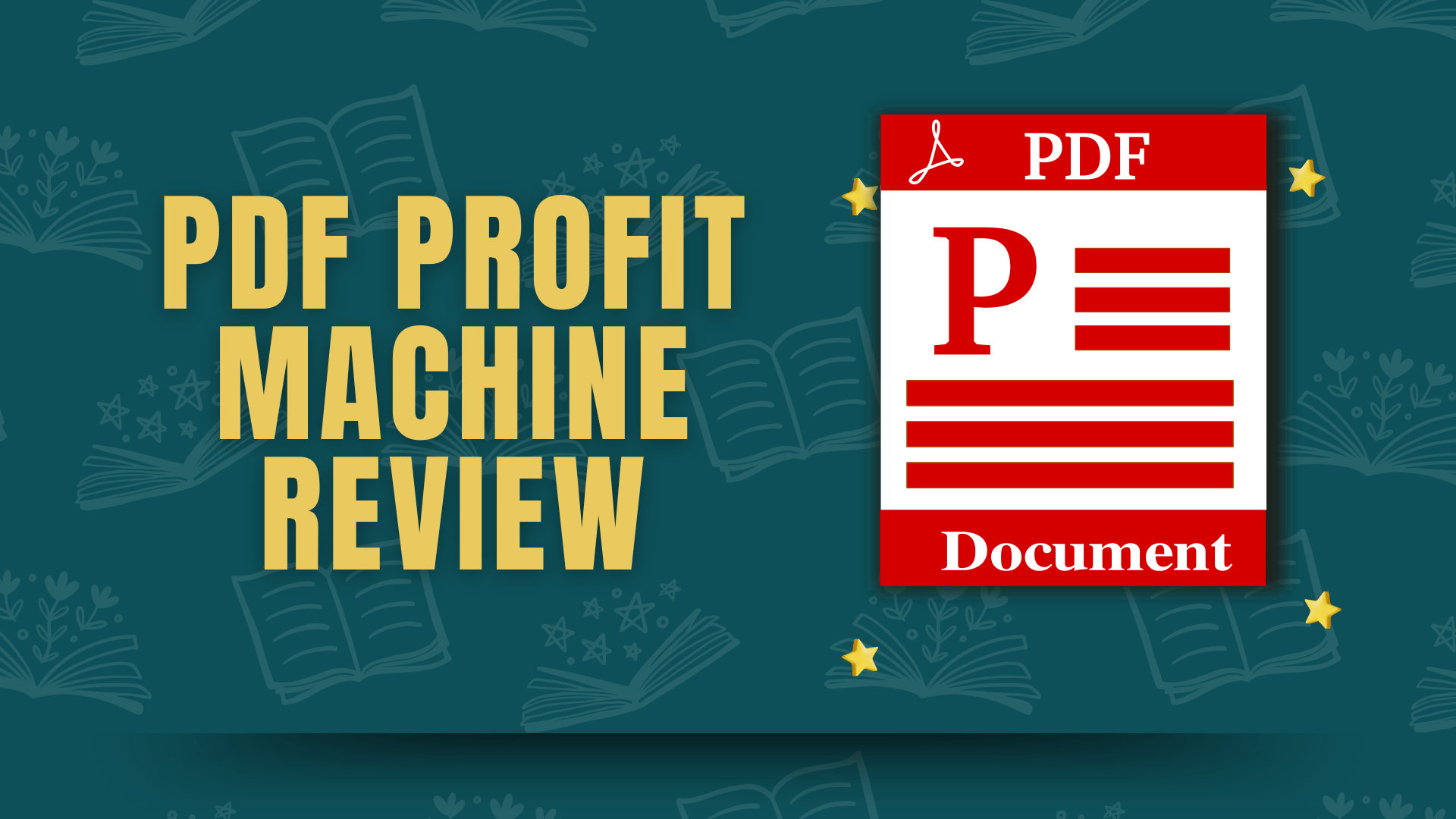MovieReelAI Review – Instantly Turn Simple Text into Stunning AI-Generated Videos & Profit.
MovieReelAI – Turn Simple Text into Stunning AI-Generated Videos in Minutes!
MovieReelAI is first-to-market revolutionary AI-powered video creation tool that transforms simple text into professional-quality animated videos and short movies in minutes—no editing skills, no expensive software, and no technical experience required. Just type your idea, and AI does all the work for you!
✅ Instantly converts text into Hollywood-style videos
✅ Generates AI-powered scenes, animations, and visuals
✅ Adds voiceovers, music, and cinematic effects automatically
✅ Provides 50+ professional video styles
✅ Enables you to sell or monetize videos effortlessly
With MovieReelAI you can create:
🎬 Explainer & Ad Videos for businesses
🎬 YouTube & TikTok Shorts for viral content
🎬 Animated Stories & Children’s Videos
🎬 Faceless YouTube & Social Media Videos for passive income
🎬 Educational & Course Videos
MovieReelAI So Unique & Powerful…
🚀 100% AI-Generated – No need for design skills!
🚀 No Expensive Software – Everything happens in the cloud.
🚀 Super-Fast Video Creation – Generate a video in under 2 minutes!
🚀 Commercial License Included – Sell videos & keep 100% of the profits!
Businesses are paying $1,000+ per video, and now you can create and sell these AI-generated videos instantly.
To use MovieReelAI, follow these three simple steps:
✅ STEP #1
Turn Your Ideas Into Hollywood-Quality Movies
Enter your script, concept, or idea into MovieReelAI. The advanced AI will instantly generate detailed storyboards, scenes, and animations that align with your vision—no experience necessary.
✅ STEP #2
Customize Your Videos with Professional Precision
Use easy point-and-click controls to refine every detail. Adjust lighting, weather, character appearances, camera movements, and more. Choose from 75+ animation styles and 65+ transitions to make your video stand out.
✅ STEP #3
Export, Share, and Profit
Generate your video in formats optimized for social media, presentations, or advertising campaigns. Schedule and publish your content across platforms, or sell your creations to clients for $500–$1,500 per project.
MovieReelAI Use-Cases in details:
- Digital Marketing Agencies: MovieReelAI empowers agencies to deliver high-quality, cinematic videos tailored to specific client campaigns. Use its advanced AI tools to create explainer videos, promotional ads, or social media content that captures attention and drives results. With quick turnaround times and no need for large production teams, agencies can impress clients, boost engagement, and achieve a higher ROI on campaigns effortlessly.
- eCommerce Store Owners: Bring your products to life with professional-quality videos that highlight their features and benefits. MovieReelAI allows store owners to create engaging video ads, product demos, and tutorials optimized for platforms like Instagram and TikTok. Drive sales by showcasing products in captivating visuals and seamlessly integrating them into social media marketing strategies.
- Affiliate Marketers: Generate compelling, conversion-focused videos that resonate with your target audience. From product reviews to comparison videos, MovieReelAI makes it easy to create content that drives clicks and affiliate sales. With its multi-format exporting and advanced storytelling tools, your campaigns can stand out in a crowded market.
- Online Course Creators: Enhance your course content with visually engaging explainer videos, promotional clips, and onboarding materials. Use MovieReelAI to create professional videos that simplify complex topics, attract more students, and improve retention rates. Share updates, create engaging ads, or even use AI characters to deliver personalized messages.
- Freelancers/Video Creators: Freelancers can supercharge their portfolio with high-quality videos created using MovieReelAI. Offer diverse services like ad creation, explainer videos, and promotional content to clients, showcasing expertise without investing in expensive tools. Impress clients with cinematic-quality results and streamline your workflow with AI-driven tools.
- Social Media Influencers: Create viral-worthy content that captures attention and grows your audience. MovieReelAI helps influencers design visually stunning videos, from reels to stories, that align with their niche. Whether you’re creating motivational content, tutorials, or lifestyle vlogs, MovieReelAI ensures your videos stand out and drive engagement.
- Local Business Owners: Help your business shine online with professional videos showcasing your products or services. From restaurants and salons to gyms and boutiques, MovieReelAI enables local businesses to create consistent, visually appealing content that attracts customers and builds stronger community connections.
- Real Estate Professionals: Wow potential buyers with visually immersive property walkthroughs and promotional videos. MovieReelAI simplifies the creation of videos that highlight property features, share neighborhood insights, and build excitement. Automate repetitive tasks and focus on closing deals faster.
- Fitness Coaches: Use MovieReelAI to inspire and motivate your audience with professional workout videos, tutorials, and promotional content. Share fitness tips, showcase success stories, or promote your programs in a way that resonates with your followers, building trust and loyalty.
- Travel Agencies: Capture the beauty of destinations and inspire wanderlust with visually stunning travel videos. Use MovieReelAI to create promotional campaigns that highlight travel packages, share itineraries, or showcase customer testimonials. Reach more travelers with content optimized for social media and ads.
- Technology Startups: Simplify complex product explanations with engaging explainer videos created by MovieReelAI. Demonstrate features, highlight benefits, and share tutorials to build trust with potential customers. Perfect for startups looking to create awareness and educate users on a budget.
- YouTubers/Content Creators: Grow your channel with eye-catching videos that engage and retain viewers. Use MovieReelAI to create faceless content, tutorials, or even behind-the-scenes updates. With its dynamic storytelling tools, you can elevate your content quality and stand out in a competitive space.
- Dropshipping Entrepreneurs: Automate your marketing efforts with videos that showcase products in visually compelling ways. MovieReelAI enables dropshippers to create high-quality product ads, promotional campaigns, and social media content that drives sales and engagement across multiple platforms.
- Education Professionals: Transform lessons into engaging visual content that students will love. Use MovieReelAI to create explainer videos, visual tutorials, and course previews. Perfect for educators and institutions looking to improve their online learning experience and retention rates.
- Event Planners: Promote events with cinematic trailers and highlight reels created in minutes. Whether it’s a corporate event, wedding, or music festival, MovieReelAI helps planners create videos that build anticipation and leave lasting impressions on attendees.
What is MovieReelAI in a nutshell?
MovieReelAI is a groundbreaking all-in-one platform that lets you create, customize, and monetize Hollywood-quality videos and animations with ease. Designed for creators, marketers, and businesses, this innovative app turns simple text scripts into professional, visually stunning movies in just minutes—no studios, expensive equipment, or technical expertise required.
With MovieReelAI, you can generate cinematic-quality videos tailored for social media, YouTube, business presentations, or client projects. Customize every aspect of your video, including characters, scenes, camera angles, and transitions, all with an intuitive interface that simplifies complex tasks. Whether you're producing captivating explainer videos, viral social media content, or ads for clients, MovieReelAI makes it possible to create professional-grade visuals effortlessly.
This powerful platform also includes tools to optimize your workflow, such as social media scheduling, multi-format video exporting, and advanced voiceover capabilities in 20+ languages. You can even monetize your creations by offering high-ticket video services to businesses or running your own video ad agency.










